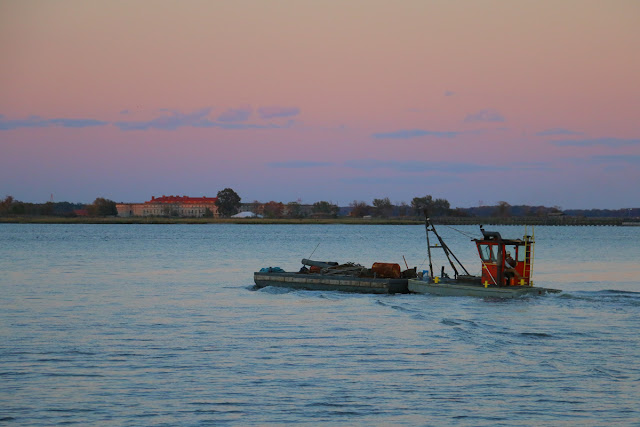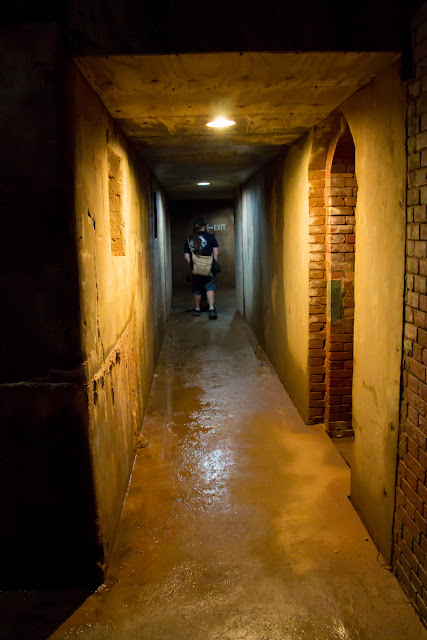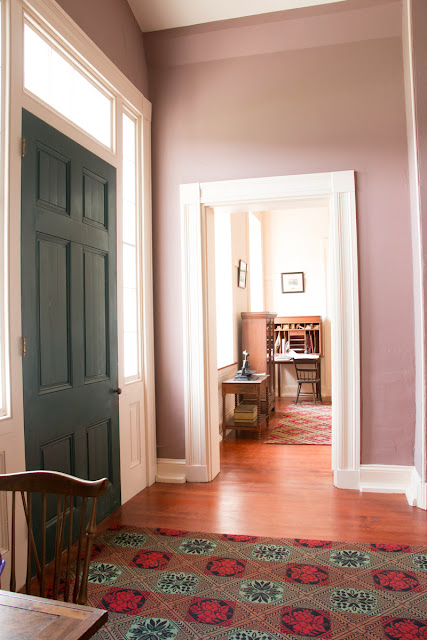It's been awhile since I've done a blog party post. The weather has been odd, spring like days mixed with snow storms and I've been keeping busy.
I've been spending a lot of time with the Chester Historical Preservation Committee in trying to preserve the Old Third Presbyterian Church in Chester, PA, which is a beautiful church that pioneered the very first vacation bible school. It's very beautiful on the outside but as it has been abandoned for the last few years and faced demolition, it's in pretty rough shape on the inside. Once finished it will hopefully be the new home of the Chester Historical Preservation Committee and their archives and a center for the performing arts and culture of Chester.
Some pictures of the church and what I've been up to these last few weeks:
Old Third Presbyterian from the outside just to give you a visual.
The Third Presbyterian Church on the inside. Vandals ripped out all the metal railings, the heating and the plumbing. This leak is from where they ripped out part of the heating and exposed the room to the outside.
So far we have removed over 110 huge contractor bags full of trash from the building but we still have a long way to go. There are tons of rooms in the church and the weather is making cleaning difficult.
This storm was quick and disappeared almost over night. The weird weather is confusing birds and plants. Some trees have already started budding.
My dog generally loves the snow but today he wasn't having it.
My awesome friend Eva took the people from work on a tour of Glenncairn, a crazy house built by a wealthy businessman in the 1920s. I just loved the mosaic tiling.
Another shot from Glenncairn, many of the rooms feature a mix of real and reproduction medieval stained glass. The family also collected religious artwork and artifacts from around the world. I have to say my new found interest in stained glass windows might have something to do with having to replace a lot of the stained glass in the Third Presbyterian where people threw rocks through.
We also took a look at Bryn Athyn Cathedral which was built around the same time as Glenncairn.
Bryn Athyn on the inside. We sat and listened to the organist practice.
This was the sunrise of of the blizzard. That old saying "Red sky at night, sailors delight. Red sky in morning, sailor's warning" is true.
Snow.
Snow.
And more snow. At over 30 inches I think people are finally tired of it.
I hope everyone has been having a good winter and would love to hear what everyone is up to!

















































